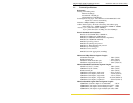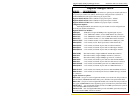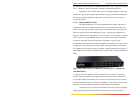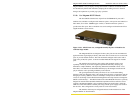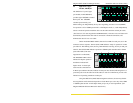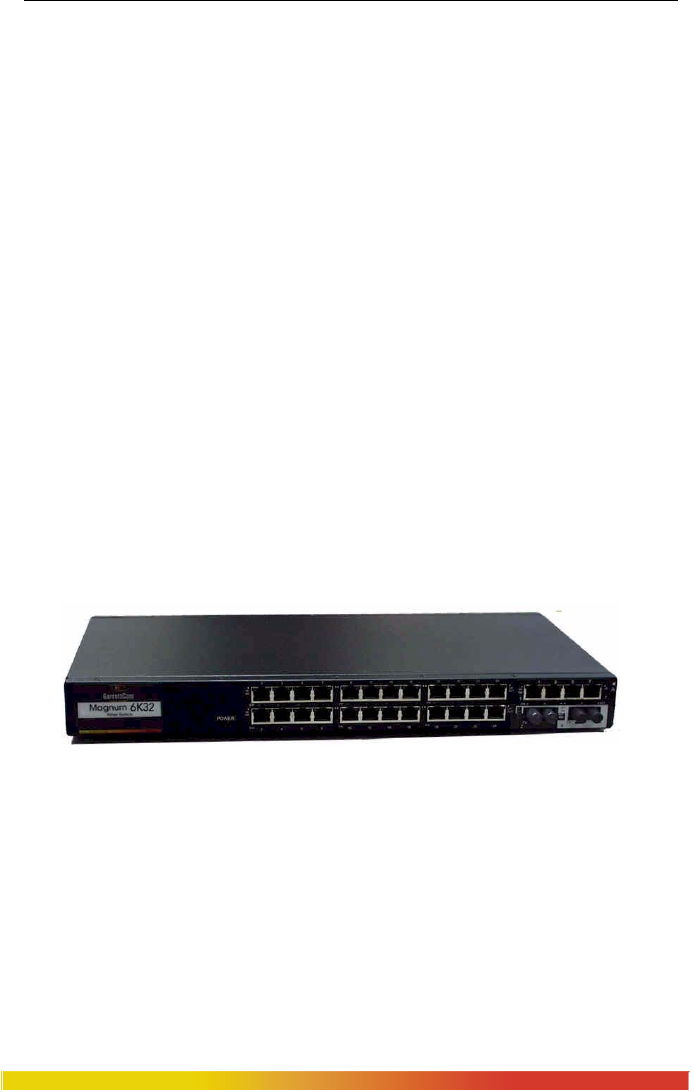
Magnum 6K32 & 6K32T Managed Switch Installation and User Guide (12/05)
8
www GarrettCom com
..
accommodated include standard 19” RETMA, ETSI, and 23” Telco. Input power may be
AC, or –48VDC for Telco environments, or 24VDC for Industrial applications.
Designed for use in network traffic centers, the Magnum 6K32T provides high
performance plug-and-play hardware operation, 802.1p packet prioritization in hardware,
and industry-standard managed networks software functionality, all in convenient 1U
rack-mount packages.
2.2.1a Magnum 6K32T Chassis
The Magnum 6K32T is a 19” rack-mountable Ethernet Switch with fixed 24
10/100 RJ-45 ports and a modular slot (8 ports max.) for configuration flexibility. The
modular slot, shown on the right side below, may be configured with a large selection of
fiber and copper port types and combinations of types. Typically the configuration is
eight port modules max., but sometimes six (4+2) or four(2+2) or (4+4) ports or even one
(G+4) or (G+2) or two Gb (GBPMV-2OTX) port modules can be chosen. The modular
slot may be configured with a Gb module that accepts GBICs. The port types
configurable using the modular slots allows the 6K32T to efficiently serve a large variety
of applications, even those using some fiber media. The Magnum 6K32T port modules
are normally factory installed, but may be changed or added in the field. (See Section 5)
Status LEDs are part of each port module and are viewable when connecting the Ethernet
media.
Figure 2.2.1a: 6K32 front view, configured for 24 RJ-45 ports + 1 Modular slot
with 6KP6-RJMSC
A “regular” rack-mount 6K32T is shown in Figure 2.2.1a. On “Reverse” rack-mount
models, all the ports and the power supply are on the rear part of the box, while the 2
nd
set of the dual LEDs (front and back) for port status are in the front. Of course, with the
web based management option or by the use of SNMPc 3
rd
party software, the port status
data can also seen through GUI software on remote computers and terminals.
Designed for use in Carrier Class and Industrial networks with some segments
requiring Gigabit backbone interconnections among network centers, the managed




